A SCARCE MENTION OF THE PALACE OF NUR JAHAN IN LAHORE
MUHAMMED TAHER ASHIANA INAYAT KHAN DETAILED MENTION
DESTROYED BY RANJIT SINGH WITH 2000 OTHER MUSLIM MONUMENTS
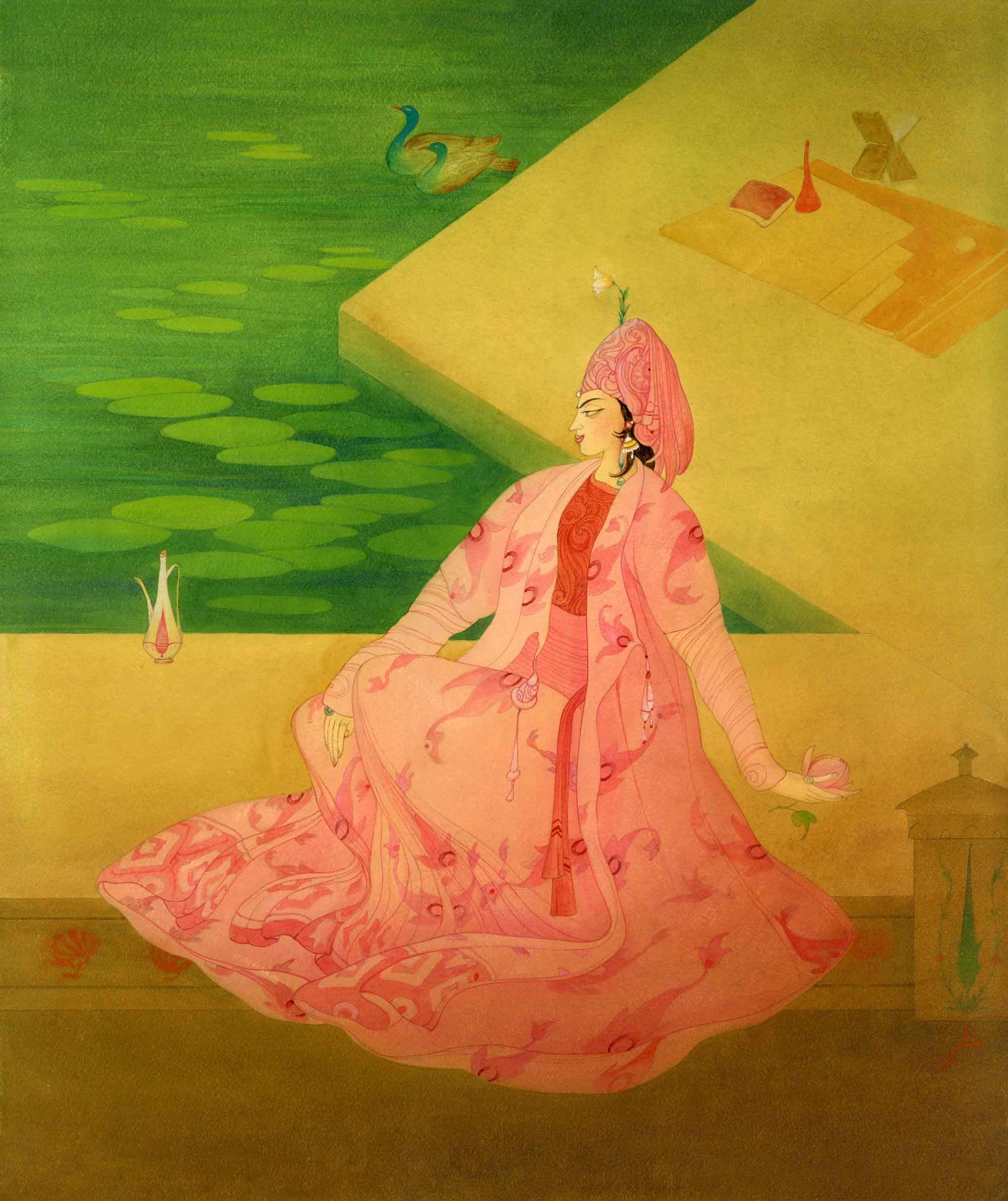
There is romance woven around Nur Jahan. From total obscurity, we are told of the tale of her being left behind in her parents rough travail towards Hindustan. Her survival and rise to phenomenal power is the stuff of dreams. When she retired to Lahore, with a Royal pension of Two lakh rupees annually, she built a residence of her own, along with her designated mausoleum. The only person who has given us the details is Inayat Khan alias of Muhammed Taher Ashiana.
Inayat Khan was son of Zafar Khan. Both father and son were highly patronized by the State and both supported Prince Dara Shikoh in his struggle. But they were so much loved by the people, that both were forgiven by Emperor Aurangzeb and reinstated on Royal roles. Inayat Khan was in Lahore too, writing about things here. Perhaps the only one to give us a description in verse of the Aineh Khana of Dara Shikoh. He has also given us a description of the residence of Nur Jahan in Lahore. The details are:
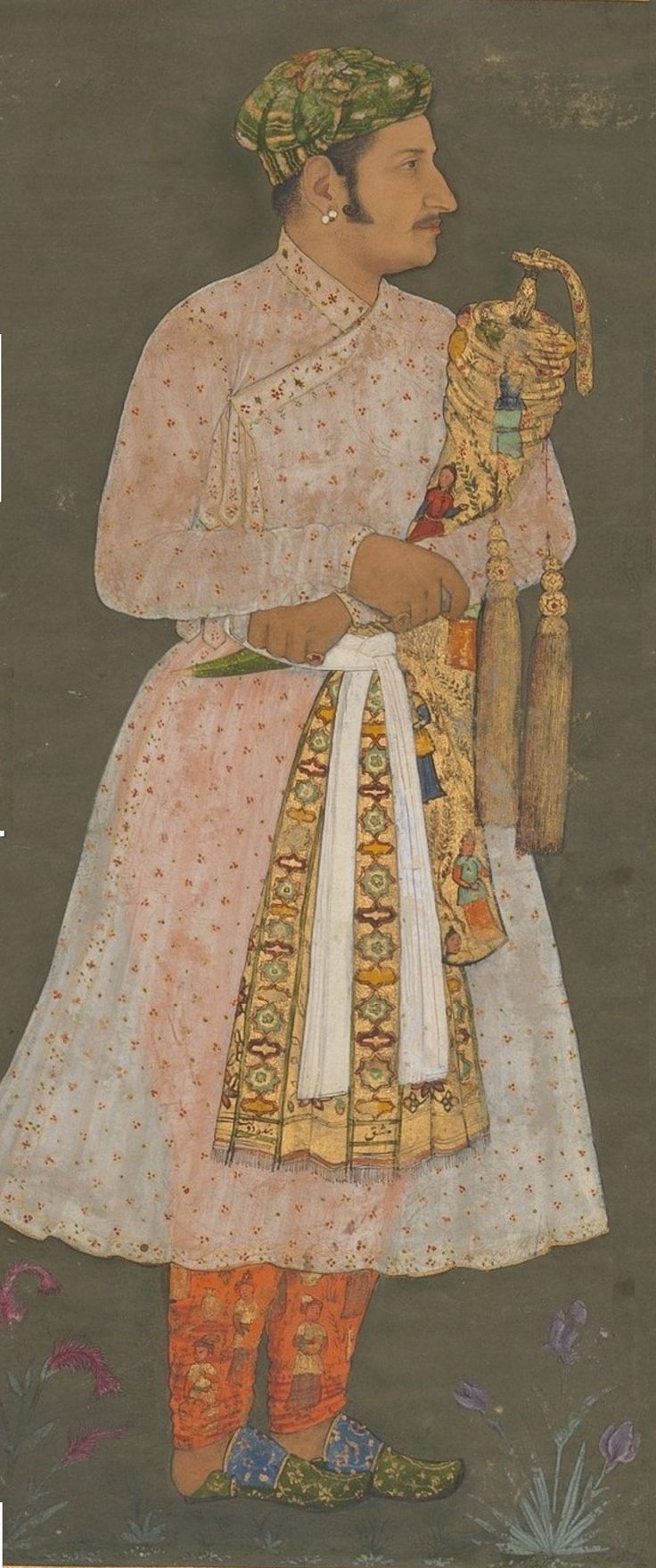
1. The residence was known as CHAHAR CHAMAN.
2. There were four gardens co-joined of 100 guz each.
3. The mausoleum and residence cost 3 lakh rupees and took four years to complete.
4. The mausoleum had a high bulbous dome.
5. Eastern wall is same to other two mausoleums.
6. The havelli had a mosque and on its opposite side a balancing jawab, copy of the mosque.
7. Only Nur Jahan was buried there.
8. The place was full of Quranic inscriptions and names of Allah on walls.
Obviously the same does not exist like that anymore, for first the Sikhs tore it apart and then the British did the same.
There is a description of a bulbous DOME on it, sky high. It is not there any more. But it was not removed recently. It seems when the dome of the Mausoleum of Emperor Jahangeer was removed, so went the dome of Empress Nur Jahan. This is attributed to Emperor Bahadur Shah, who was claustrophobic in nature.
The amazing thing about this description is the concept of a Mosque and a JAWAB of a mosque to balance the same. We find it ideally expressed in the mosque of the Taj Mahal of Agra, in which to balance a mosque there was a JAWAB (copy in reverse) to same. The same was also expressed in Lahore in the mausoleum of Mian Lutuf ullah Khan son of Saad ullah Khan. There was a mosque and a balancing building with it. Even in the mausoleum of Nawab Asif Khan, a jawab mosque was made to the old one in the Serai. The same thing is mentioned here that there was a Mosque in the Palace of Nur Jahan and then there was a balancing mosque type building to same. Although there may be more of same, we have not heard of any other building with same principles and this is a landmark design of Ustad Ahmad Mimar Lahori and his family. The Taj Mahal was completed in Nur Jahan’s lifetime and it must have affected her in a way. Once upon a time she was very close to Arjamund Bano herself, one of her favourite nieces., Then Four portions of the garden, each of one hundred guz speak of Euclidean principles. It shows that the family of Ustad Ahmad Mimar were attached to Nur Jahan and her buildings in some way surely. The architect of Emperor Jahangeer’s mausoleum was Ustad Abdul Kareem Lahori.
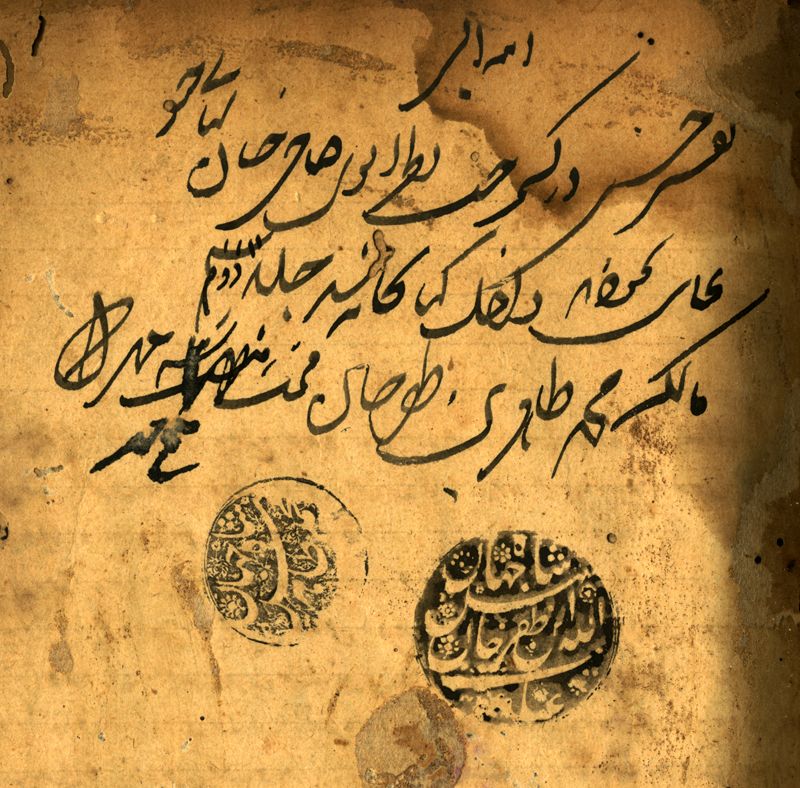
In her Diwan she speaks of a mosque MASJID NAHR WALI and also NAHR LAHORE. There was an artificial extension of the river Ravi, which used to take water in a canal to the Mughal buildings, and one hear of an extension going to Hiran Minar itself. Nur Jahan also mentions a lady by the name of MEHR AFROZE. Her own name was Mehrun nisa, but this name is new to history. Maybe the actual name of her daughter Ladli Begum, who is buried in Allahabad, contrary to perception of burial in Lahore.
More on her later.
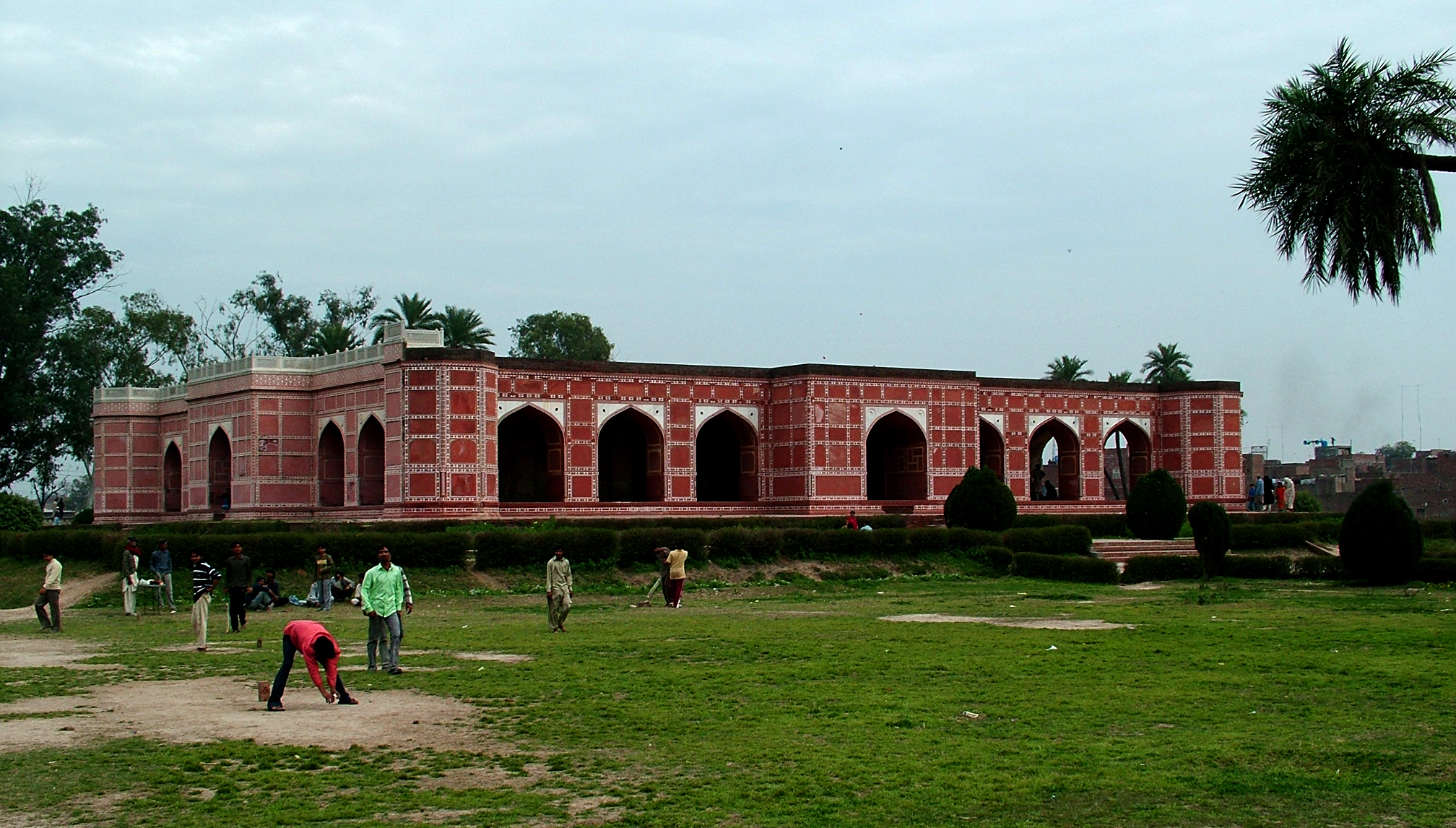
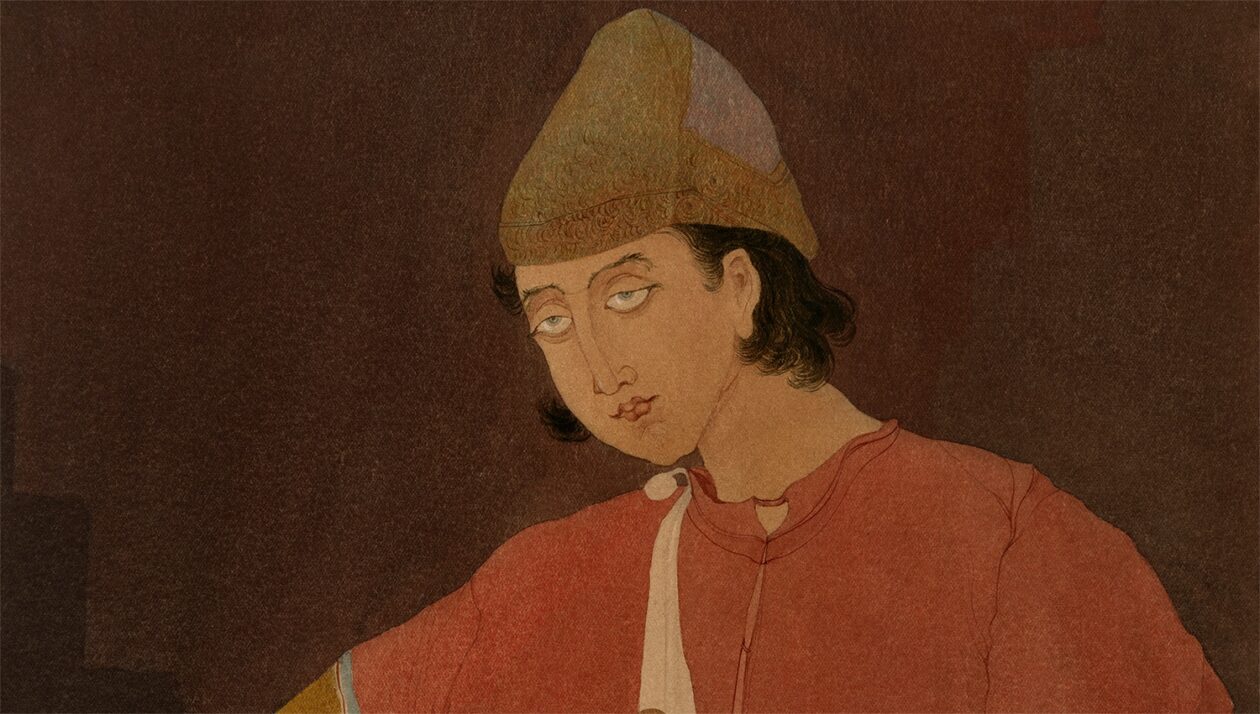
Nur Jahan set the tone for Lahore with her behaviour, very Lahore like. Her mausoleum is totally different from its incepotion. The first storey is too low to be counted as one storey. Even the fence must enhance the height.